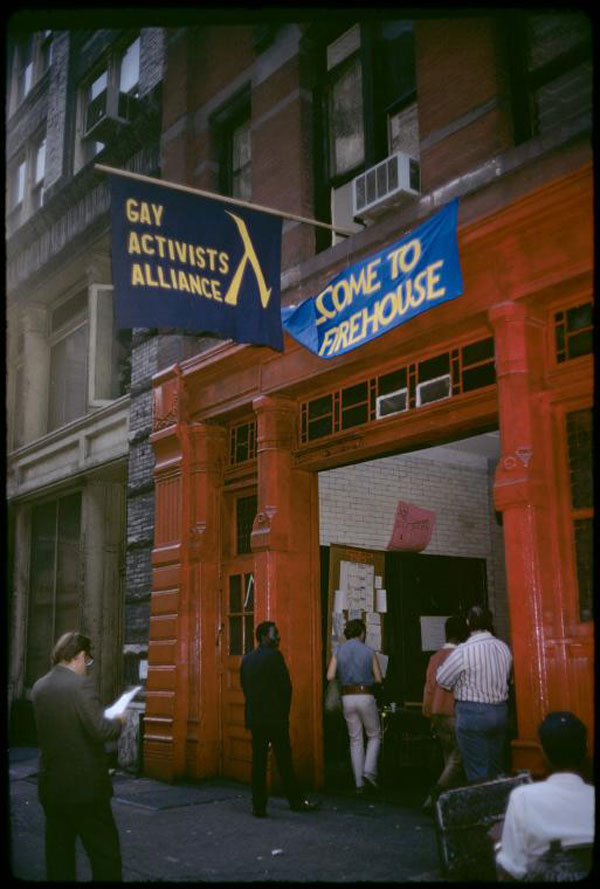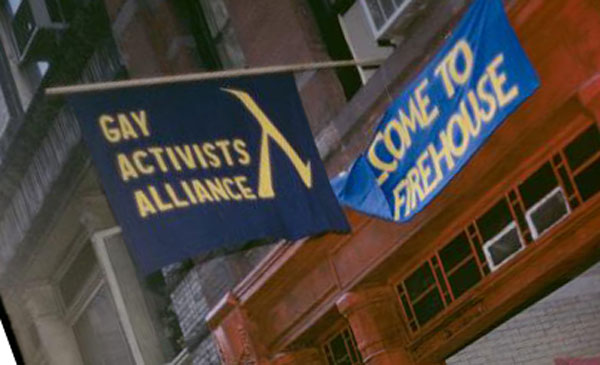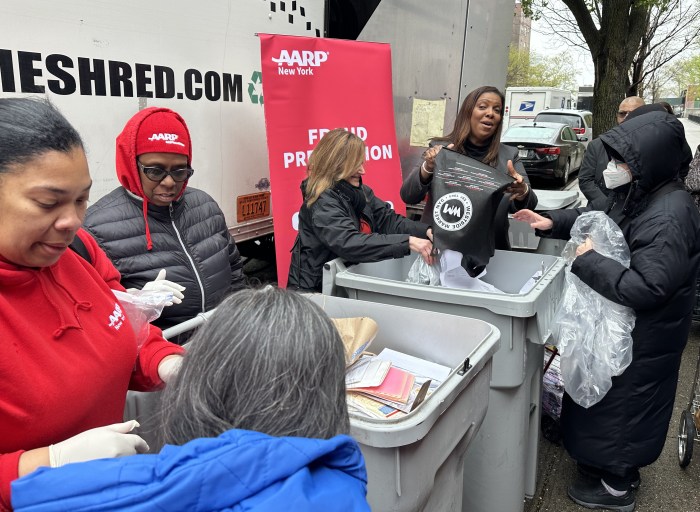BY SAM SPOKONY | Support is growing for an effort by preservationists to secure stronger and more specific landmark protections for three local sites that have played key roles in the city’s L.G.B.T. History.
All the sites in question — the Stonewall Inn, at 53 Christopher St.; Julius’ Bar, at 159 W. 10th St.; and the Gay Activists Alliance Firehouse, at 99 Wooster St. — already lie within landmarked districts, the first two within the Greenwich Village Historic District and the latter within the Soho Cast-Iron Historic District. Thus, any changes to their buildings require approval from the city’s Landmarks Preservation Commission.
Stonewall, of course, was the site of the iconic 1969 riots which carried the gay rights movement forward; and Julius’, along with being the city’s oldest gay bar, was the site of a 1966 “Sip-In” protest that helped spur the movement to overturn the state law that banned serving alcohol to gay people. The Wooster St. site (actually a renovated 19th-century firehouse) served from 1971 to 1974 as the headquarters for the Gay Activists Alliance — a group founded after the Stonewall riots by dissident members of the already radical Gay Liberation Front.
But because L.P.C.’s designation reports for their respective districts were drawn up in the late 1960s and early ’70s — the Greenwich Village Historic District report was written just months before the Stonewall riots — they do not specifically cite those facts that mark the buildings’ historical importance to the L.G.B.T. Community.
So, fearing that their cultural significance could be lost over time, preservationists are calling on L.P.C. to either individually landmark each building, or to update its historic district reports with information on their roles within the gay rights movement.

“This is long overdue, and it’s a vital step toward further preventing future changes to these sites that could compromise their history,” said Andrew Berman, executive director of the Greenwich Village Society for Historic Preservation, which is leading the push.
Berman stressed that, although the Wooster St. building has not yet been considered for its L.G.B.T. history, the other two sites have already been specifically recognized for that significance at the state and federal levels. Stonewall was named a national landmark more than a decade ago, and is listed on New York State’s Register of Historic Places, while Julius’ has since been named eligible for both the state and federal registers.
Along with those precedents, G.V.S.H.P.’s proposal has garnered immense support over the past two months from city elected officials, as well as major L.G.B.T. advocacy and preservationist groups.
Those backing the effort now include City Councilmembers Corey Johnson and Margaret Chin, state Senator Brad Hoylman, Assemblymember Deborah Glick, Borough President Gale Brewer and Public Advocate Letitia James.
“It would be a tragic loss to the city’s history and communities if we do not act to protect these sites from future development and give them the recognition they deserve in the designation report,” wrote Johnson and Chin in a joint Feb. 20 letter to L.P.C. Chairperson Robert Tierney.
In a March 3 statement, James told The Villager she supports further protections for the three sites because it is “incredibly important to recognize the historical significance of L.G.B.T. landmarks throughout New York City.”
In addition to Berman’s initial letter to Tierney, leaders of both the National Trust for Historic Preservation and the Preservation League of New York State have written to L.P.C. to urge for the additional recognitions. And Glennda Testone, executive director of the West Village-based L.G.B.T. Center, has also written in support of the G.V.S.H.P. Proposal.
But amid all this, L.P.C. has still not committed to either individually landmarking Stonewall, Julius’ Bar and the Gay Activists Alliance Firehouse, or updating its historic districts’ reports.
The three sites will be included in an ongoing, citywide L.P.C. study of culturally significant buildings that already lie within historic districts, putting them up for consideration for individual protection or amended reports, according to Kate Daly, executive director of L.P.C.
Daly added, however, that approaches to the study “would have to be balanced among various priorities, potential regulatory issues, and the need to make the designation process as inclusive as possible.”
Responding to the L.P.C. position, Berman said he was “perplexed” that the agency would need to take so much time before acting to further protect the sites.
“This should be a no-brainer, and it’s really surprising to me that [L.P.C.] hasn’t been more receptive and given a clear ‘Yes’ on this,” the preservationist told The Villager in a Feb. 24 phone interview.
And Berman apparently has already begun looking forward to different possibilities in the future, pointing out that he doesn’t believe Tierney — who was appointed by former Mayor Bloomberg in 2002 — will remain the L.P.C. chairperson for much longer.
“So now we’re looking to see who the new chairperson will be, and hopefully that person will be more receptive to this,” said Berman.
Although Mayor de Blasio has shown great support for the city’s L.G.B.T. community — most recently with his actions regarding the St. Patrick’s Day Parade — he has thus far remained silent on the issue of further protecting Stonewall, Julius’ Bar and the Gay Activists Alliance Firehouse.
When asked for comment on whether he supports the preservation push for the three sites, the Mayor’s Office did not respond.


















